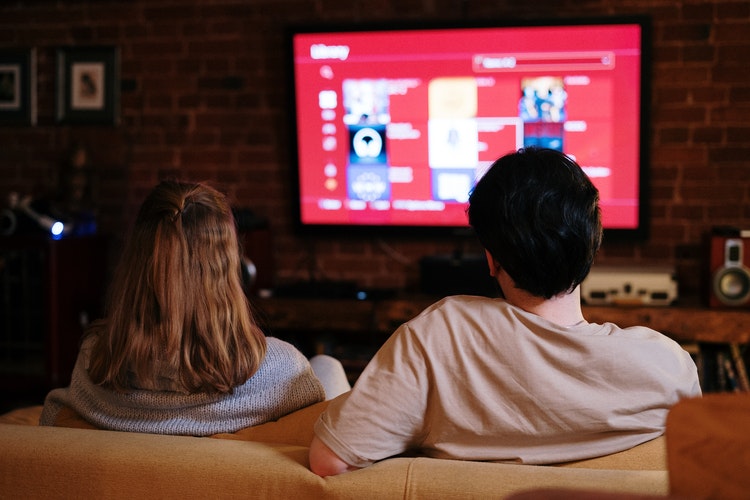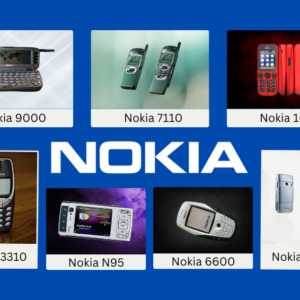Today’s generation is more conscious about their health than the previous generation because of the tight schedules that everyone follows. Being defined as the measurements associated with health and the assessment of one’s state of health, health monitoring devices have become important tools to be used in health care. These devices are equipped with numerous aspects including counting physical activity and sleep duration and tracking inside aspects such as pulse and blood pressure.
From apps to actual wearable tech. That’s why it is important to understand what’s out there and what to invest in. Which devices are worth your hard-earned money? Let’s take a look at the best health monitoring devices available right now.
Key Features to Look for in Health Monitoring Devices
Some of the features that one should consider when buying health monitoring devices are as follows.
- Accuracy and Reliability: Make sure that it is accurate and reproduces the same results over and over again, as efficiency is important when it comes to managing one’s health.
- Connectivity and Integration with Apps: Seek for devices that you can link with smartphone applications effectively for efficient analysis of data and even track records.
- Battery Life and Durability: Select a device that is powerful to offer long battery backup and has a strong rigidity to handle abuses that comes with daily usage.
- Ease of Use and Comfort: Pick interfaces with ease, and designs that ensure long-term engagement among the members.
- Advanced AI and Predictive Analytics: AI devices can then provide user-oriented information and forecasts regarding the condition and needs, as well as preventing disease in the early stages.
The Best Health Monitoring Devices
There is an abundance of health monitoring devices out there. Not all of them are created equal, and not all of them have the same quality. It’s important to note the difference between actual remote patient care devices and Health or fitness monitoring devices. Let’s take a look at some of the best health monitoring devices.
Cardiovascular & Pulse Oximeters
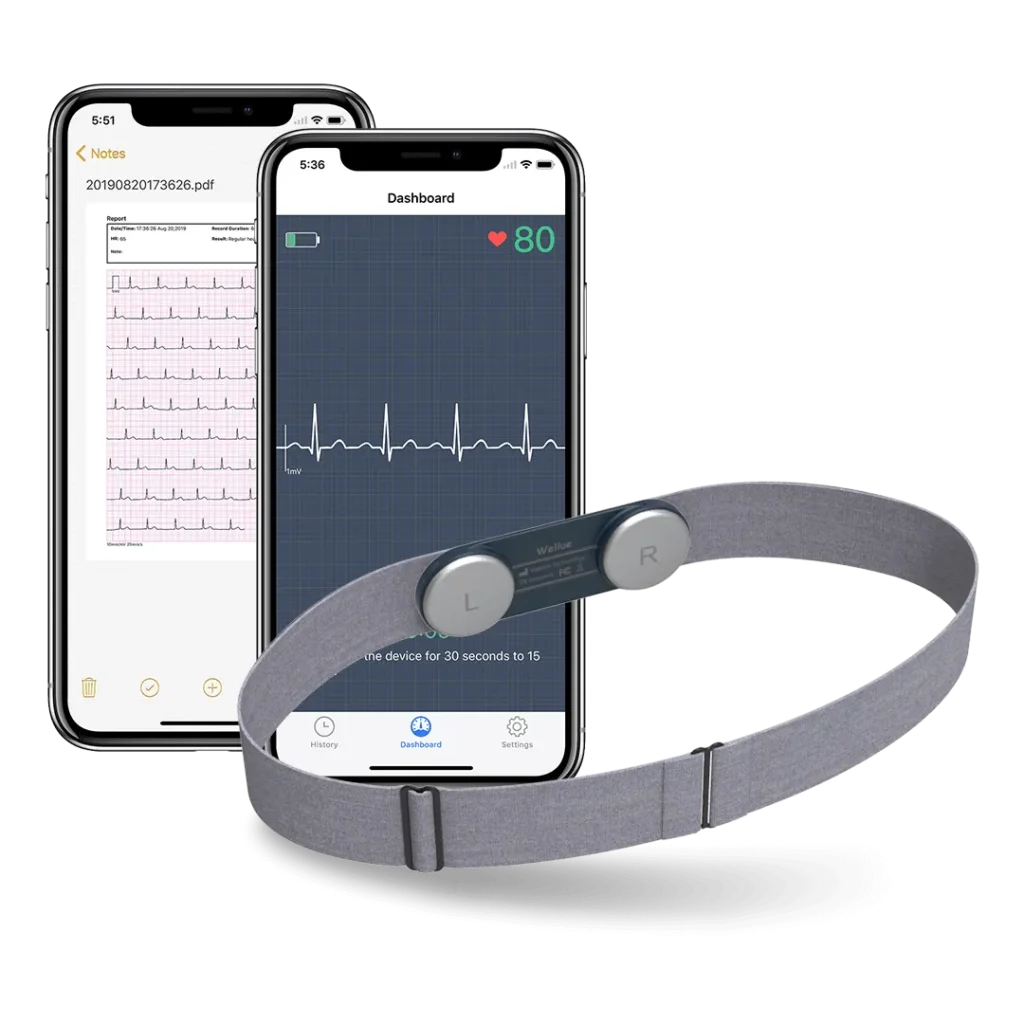
Proper monitoring of the state of the heart is important in avoiding terrible diseases with symptoms of the complications of which are evident in cardiovascular diseases. Apple Watch Series 6 and Fitbit Sense are examples of wearables that have built-in ECG features through which such tests can be administered on the go. These can identify other flaws with the heartbeat like atrial fibrillation and give an early signal for the possibility of any heart problem.
ECG monitors provide an option that allows observing the status of hearts without going to a clinic. They are frequently associated with other health indicators to provide an overview of the condition of the cardiovascular system. This is because frequent use of ECG monitors can easily detect heart diseases before they get complicated hence resulting in appropriate management.
Continuous Glucose Monitors
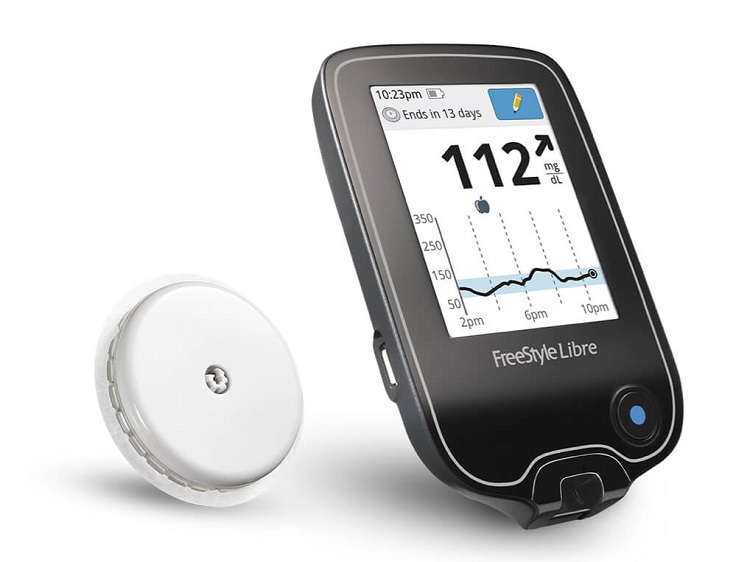
Deaf or hard of hearing persons prefer to have continuous glucose monitors whenever they are managing diabetes. Both the Dexcom G6 and the FreeStyle Libre are CGMs that offer real-time glucose monitoring, therefore enabling people to keep normal blood sugar levels.
These devices are designed in the form of a tiny sensor that is implanted under the skin, and it constantly monitors the glucose concentration in the surrounding fluid. It is depicted and sent to a smartphone application to assist in monitoring the glucose trends and notifications on hypo- and hyperglycemia.
The advantage of CGMs is because, unlike the way one has to prick his/her fingers time and again for getting readings, CGMs offer a continual monitoring system. This unceasing inflow of information enables the user to make necessary changes in eating habits, physical activity, and medication.
There is enhanced accuracy in CGM, and inventory of calibration frequency is insignificant, hence making CGM to be accurate and user-friendly in diabetes management.
Biosensors
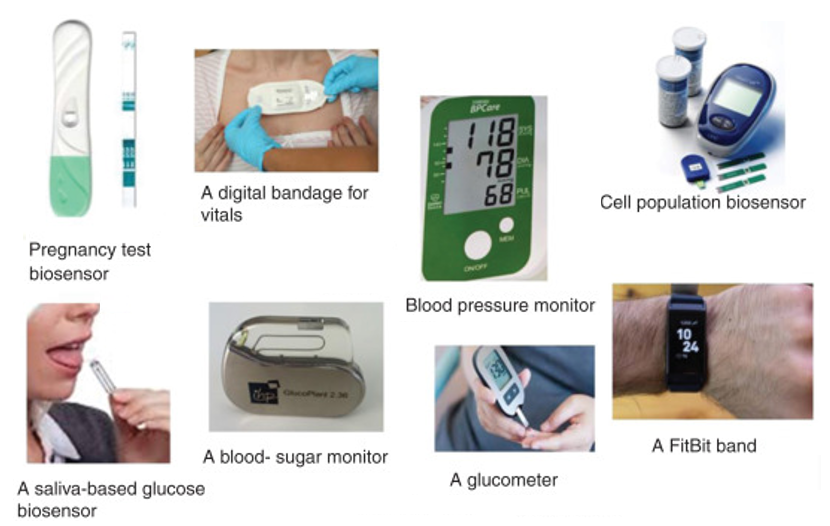
A biosensor is defined as a device that detects and responds to some biological parameter, such as temperature, pH, glucose levels, or blood alcohol content. Biosensors are used in medical applications to monitor patients’ health and well-being. They can also be used in food safety applications to monitor food spoilage and contamination.
Smartwatches & Fitness Trackers
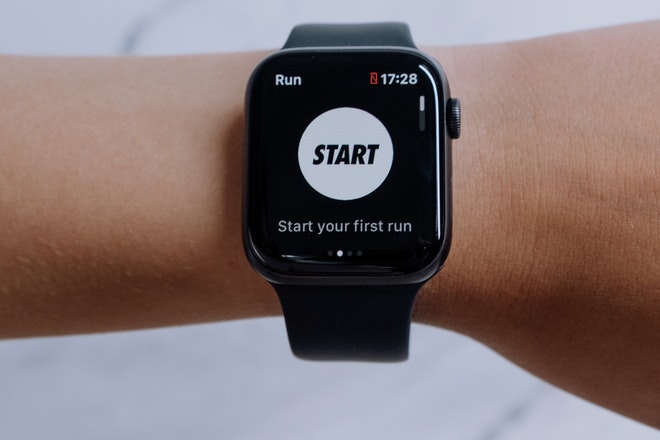
Smartwatches and fitness trackers are the most popular devices all over the world, which are used by both athletes and ordinary people. They are an overall combination of features that eases the tracking of health metrics in an interesting way.
Most of the current models of smartwatches such as apple watch and Samsung galaxy watch come with near health monitoring features such as heartbeat, sleep tracking and electrocardiogram. It is for this reason that these devices are most fitted with calibrated sensors and tailored AI computations to provide accurate and customized advice.
Smartwatches compete with companies like Fitbit and Garmin that present certain aspects of physical activity depending on the chosen model thus presenting the number of steps, calories, and a short overview of workouts. Integration with smartphone apps of different types of goals, progression and notifications help facilitate the achievement of an active lifestyle.
Smartwatch and fitness tracking devices are closely related but smartwatches may offer a more intensive health management system. Instead of tracking the basic physical activity and counting the calories burned, they incorporate the advanced health identifying and artificial smart assisting capabilities. This depends on the requirements of a user; for instance, users who want to be recorded output details will need ordinary fitness trackers while those who want a range of uses will prefer smart watches.
Blood Pressure Monitors
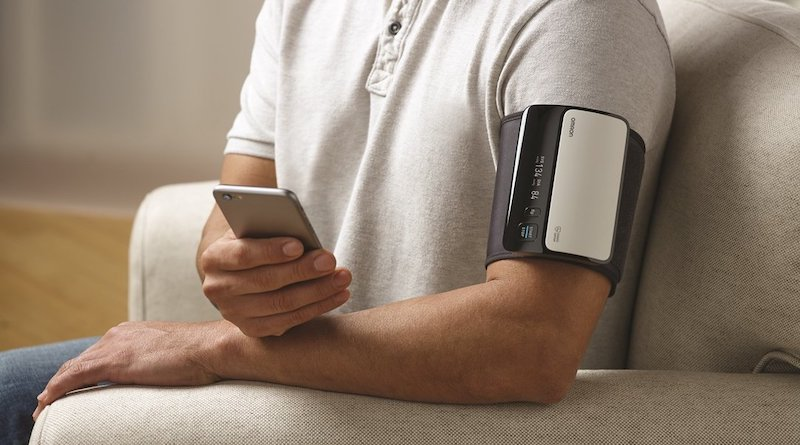
A very important factor in maintaining the health of the cardiovascular system is maintaining the levels of pressure in the circulation. Modern cuff-based monitors based their way upon the present digital technology that make them easy to use as well as accurate.
There are upper-arm blood pressure monitors that are portable and easy to use. These include blood pressure monitors produced by Omron and Withings. These devices are generally characterized be large display units as well as voice prompts that help the user through the measurement process. Some also have Bluetooth compatibility to transfer information to smartphone applications for monitoring trends or sharing the data with doctors.
Smart blood pressure monitors have also been developed which are connected with applications and management systems that can give a complete health status of the cardiovascular system. These devices can monitor a number of aspects such as heart rates, level of activity, and so they provide versus a holistic picture of one’s health. It is recommendable to monitor blood pressure often to be in a position to diagnose such diseases, for example hypertension, at an early stage.
Wearable Oxygen & Respiratory Monitors
Oxygen and respiratory wearer are very important to COPD and asthma patients. Although wearable monitored devices are quite common there are some examples including the Masimo MightySat and the Hexoskin SmartShirt that measure the oxygen saturation and respiration rates in real time, to monitor lung functions. These are meant to be worn for the entire day, and more to it, they do not disrupt anyone’s daily routine.
The information that the devices provide can be recorded in specific applications which can be installed in users’ smartphones and get alarms in cases of low oxygen rates. This continuous monitoring can aid in the better management of respiratory conditions thus helping the user to promptly be aware of any changes in their health state.
Newly Born Babies Monitoring Sensors
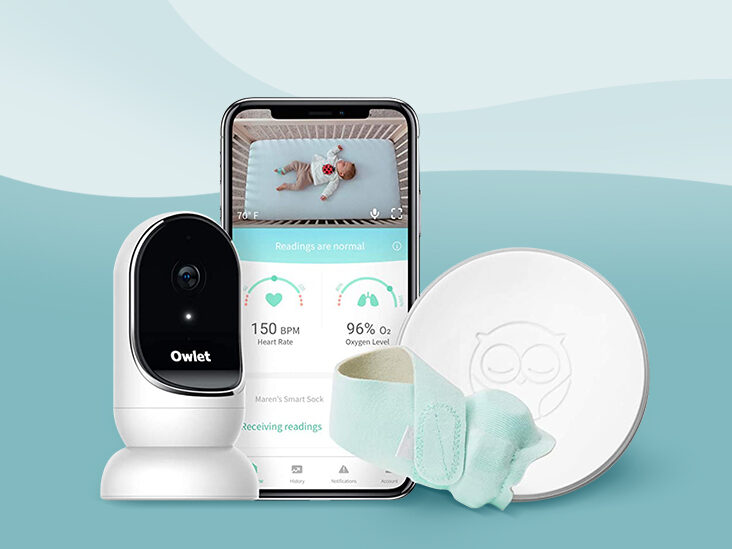
Newborns are monitored with sensors to make sure they are healthy and developing properly. The sensors monitor the baby’s heart rate, oxygen levels, temperature, and breathing pattern. The information is sent to a computer or smartphone app so that parents can keep an eye on their baby.
The data from the sensor is also used by doctors to measure how well the baby is doing and make adjustments as needed.
Wearable Fall Detection System
More and more people are getting old, and they are increasing year by year making the need for senior-focused RPM devices much more crucial — A fall detection system is a wearable device that can detect when a person falls, and send an emergency signal to their families or caregivers.
These types of wearable tech have a series of sensors, each one meant to pinpoint a person’s state at any given time – from accelerometers to gyroscopes. Oddly enough, they are a byproduct of the gaming industry, as most of those sensors were first used by smartphone companies for their apps and games.
Fall detection devices come in all shapes and sizes, including pendants, necklaces, wrist devices, and waist straps. They can also be found on smartwatches and smartphones in the form of apps.
Smart Helmet Sensors
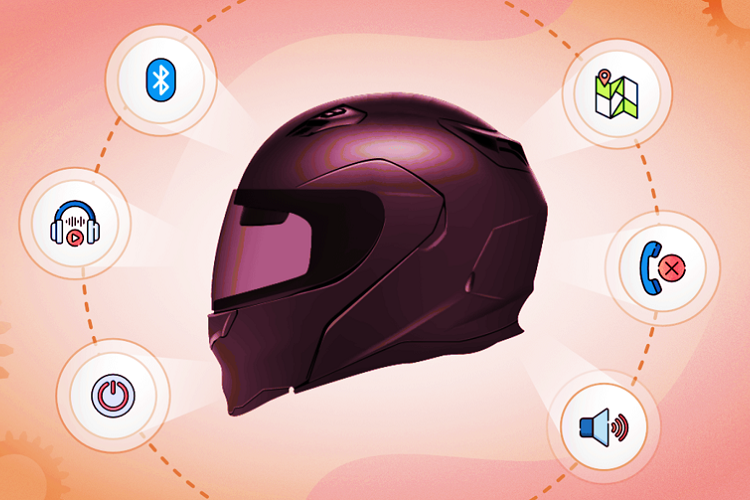
A smart helmet sensor is a device that is attached to a helmet and it collects data about the environment of the person wearing it. The sensors are usually inbuilt into the helmet and they can measure different parameters like temperature, humidity, air quality, noise, light, etc.
This data is then sent to an app on the phone or other devices which are connected to the internet. This way, people who wear these helmets have real-time access to their physical surroundings.
These devices can also be used while playing sports or while driving a car.
Wearable Sweat Monitoring Sensors
Wearable sweat sensors are devices that can be worn on the body to measure the level of sweat. They are typically used for medical purposes, such as tracking patients’ health and monitoring their response to treatments.
The first wearable sweat sensor was developed in 1997 by a team of scientists at the University of California Berkeley led by John Rogers. The device was a textile patch with an embedded electrode that could measure the amount of perspiration on a person’s skin. The first commercial wearable sweat sensor was introduced in 1998 by the Japanese company Nippon Steel & Sumitomo Metal Corporation (NSSMC). The company developed a fabric-based wearable device called Sweat Watch which could measure the level of perspiration on a person’s skin, heart rate, and sleep quality.
It is still unclear how accurate these devices are when compared to other methods for measuring sweat levels, such as using electrodes attached to the skin or with infrared imaging technology.
Smart Rings
Smart rings are turning out to be one of the more inconspicuous and revolutionary devices for tracking the health of the wearer. The Oura Ring and Motiv Ring are just a few products that are able to monitor heart rate, sleep, and activity all day.
These rings are intended to be worn at all times, giving the user a constant health monitoring system without the clumsiness of other accessories. It is perhaps for this reason that they are received best by those who are not fond of spending a lot of time on health tracking.
Smart rings are among the best in monitoring sleep quality and the different stages of sleep. So, the system also measures the interbeat interval – a measure often linked to stress and recovery.
The information provided by smart rings can be shared by Smartphone application for further understanding the condition of users’ health and about time to change something.
Sleep Monitoring Devices
Sleeping is an important aspect of the well-being of any person, and sleep regulation is an essential indicator of one’s well-being. It is possible to monitor the stages of sleep such as light, deep, and REM with devices such as Withing’s Sleep, ResMed Sense, or Fitbit Sense. They also record sleep disruptions, for instance, movements and snores, to give a picture of the quality of sleep.
They also come with an integrated system of smart sensors that are used in monitoring movements and breathing during the night thus providing valuable information on the sleep cycle.
You can be synchronized with smartphone applications, bringing advantage in tracking progress throughout a period of time and offering recommendations on how to better manage the sleep cycle.
Monitoring can also help in the diagnosis of sleep disorders and keeping people’s lifestyle adjusted to proper sleeping schedules, thus enhancing their overall quality of health.
AI-Powered Smart Health Devices
This article investigates the role of Artificial Intelligence in relation to wearable technology for health care. For example, the algorithms used by most devices of wearable technology such as the Fitbit Charge 5 and the WHOOP Strap are used to provide meaning to health data. These devices can forecast their user’s health situation, give advice and can point to future health problems.
Due to more accurate and useful data, these devices would also become better in the delivery of preventive healthcare. AI is way more effective when it comes to analyzing huge amounts of data, that it can find some relationships that can be easily overseen in other ways. It is especially beneficial to know the likelihood of some detrimental health conditions occurring, and this is where devices with AI features become so useful in health monitoring.
Future of Health Monitoring Devices
Health monitoring devices are currently being used by doctors to monitor their patients’ health. This has been the case for the last few years and is unlikely to change in the future. On top of that, there is also an increasing number of patients using these monitoring devices on themselves so they can track their own health progress over time.
Conclusion
It is possible to underline that there are certain features of health monitoring devices that are indispensable for different people. Other smartwatches, fitness trackers and AI devices can be quite helpful in enlightening a person about different parameters of health and suggesting preventative measures. Considering the designed device that fits the user’s health needs and desired features, it is possible for an individual to monitor his or her health and make decisions to improve health.

